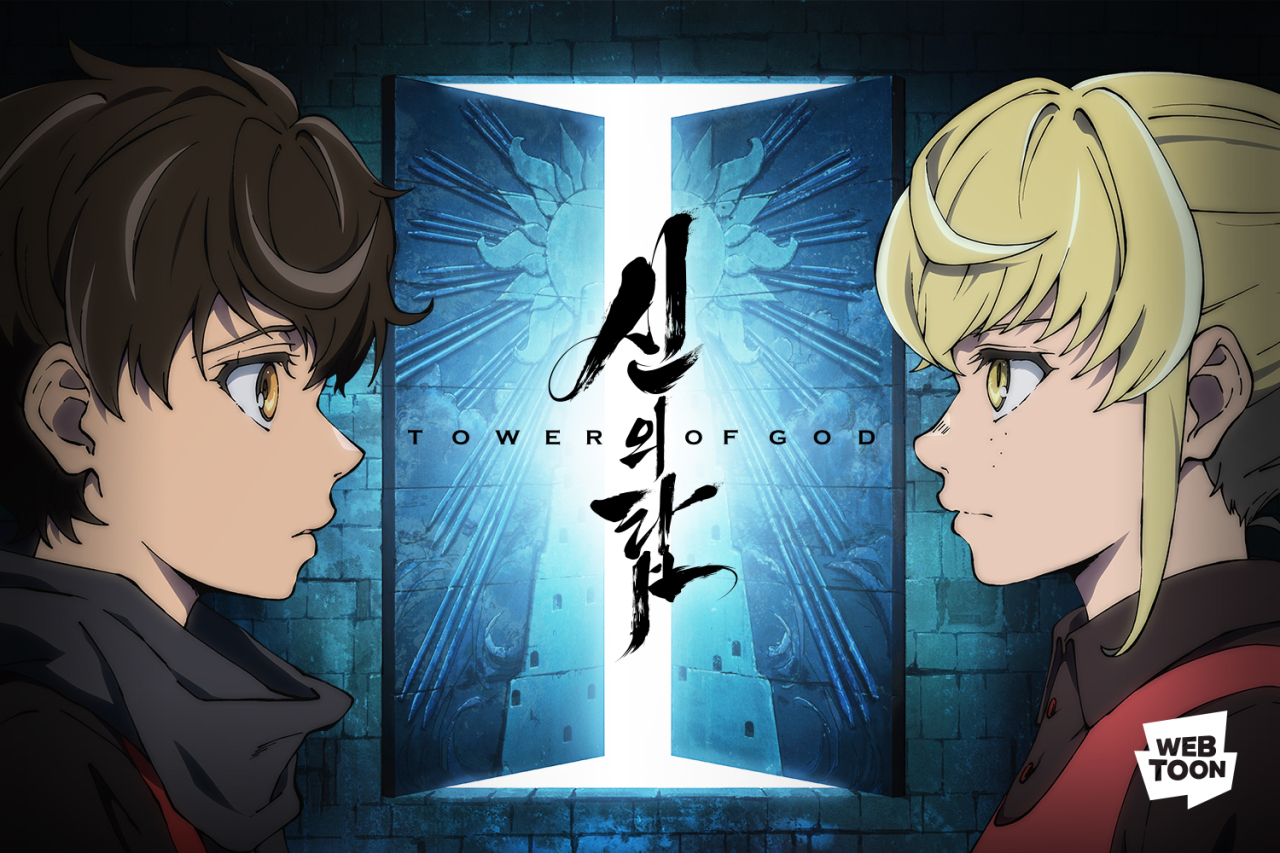
Once considered a subculture enjoyed by the young, web-based cartoons have now fully entered mainstream entertainment.
With the global ascent of K-pop, Korean webtoons are also expanding their global presence, along with Korean cinema and TV.
Webtoons first emerged in South Korea in the early 2000s, initially as a means to attract users to portal sites and to digitize paper comics. The country’s two largest portals Daum and Naver launched their own webtoon platforms in 2003 and 2004, respectively, and have been leading the market since.
While webtoons started to gain a broader following after 2008 with the advent of smart devices, it was only in the last few years that the market has experienced significant growth financially.
According to data from the Korea Creative Contents Agency, the overall value of the domestic webtoon market jumped from 52.9 billion won ($43.5 million) in 2010 to over 880 billion won last year, with the figure expected to exceed 1 trillion won this year.
“The recent decade can be seen as the transition period of comics from paper to online. Both platforms and webtoon artists experimented and challenged themselves to better adapt comics for the internet environment,” Hong Nan-ji, a professor at the Comics Contents School at ChungKang College of Cultural Industries, told The Korea Herald.
According to Hong, the two portals, both comparatively new companies back then, broke free from the existing rules surrounding comic publications and acknowledged webcomics as a unique form. These pioneers of webtoons developed features such as vertical scrolling, background music and animated effects, which optimized webtoons for smartphones.
The marketability of webtoons has become even more prominent as non-contact interaction has become the new normal in the age of the COVID-19 pandemic when a third of the world’s population is in some form of a lockdown.
According to Naver Webtoon, the number of its monthly active users worldwide exceeded 62 million in March, up from 60 million marked last year. Profit from its webtoon business also marked an upward growth in the first quarter of this year.
“The turnover increased by 60 percent compared to the first quarter last year, with overseas turnover accounting for 20 percent of the total,” Naver Chief Financial Officer Park Sang-jin said during a conference call on the company’s earnings on April 23, adding that total sales from webtoons more than doubled in the period.
Naver, Daum expand overseas K-webtoon market
Naver Webtoon ranked No. 1 in terms of profit in the Google Play comics app category with its global service Line Webtoon last year. As the monthly active users of the global service increased by 71 percent in the last two years, the growth was most notable in the US, where the number of monthly users exceeded 10 million as of November last year.
Line Manga, targeting the Japanese market, is No. 1 in terms of market share, following steady growth in the number of active users over the past two years, according to Mobile Index, a mobile data analysis platform.
Naver Webtoon also launched an animated version of fantasy webtoon “Tower of God” last month in Korea, Japan and the US. The series ranked atop social aggregator Reddit after the first episode aired in the first week of April, according to the Naver affiliate. The animated series of the smash-hit webtoon with 4.5 billion views was jointly produced by Naver Webtoon, Telecom Animation Film of Japan and Crunchyroll in the US.
Meanwhile, Kakao’s comic app Piccoma, which entered the Japanese market in 2016, recorded its first quarterly operating profit in the fourth quarter last year, with turnover more than doubling each of the past two years.

One source, multiuse
Film and drama adaptations of web contents have also played a key role in the popularization of webtoons.
Since the success of 2014 tvN drama “Misaeng,” based on the webtoon of the same title by Yoon Tae-ho, drama producers have been increasingly turning to webcomics for stories.
JTBC’s adaptation of webtoon “Itaewon Class” aired earlier this year and ended with the third highest viewership rating of 16.5 percent among the cable network’s dramas, following the currently airing “The World of the Married” and “Sky Castle” from last year.
Netflix original series “Kingdom” has its origins in the webtoon written by scriptwriter Kim Eun-hee. Upcoming Netflix drama series “The Hellbound” is also an adaptation of a webtoon by star film director Yeon Sang-ho. At least five other webtoons will be made into television dramas this year.
“Creative stories were possible due to the environment created by the portals that allowed individuals to draw out their imagination and share them with the public,” Hong said.
Naver Webtoon, for example, operates a “challenge” section inviting anyone to upload their contents. Popular series in the section are given a chance to publish on the webtoon platform. The company has launched a similar service in the US called Canvas.
As of last year, the webtoon platform had around 580,000 amateur and 1,600 professional webtoonists in its global webtoon ecosystem.
By Choi Ji-won (jwc@heraldcorp.com)








![[Graphic News] More Koreans say they plan long-distance trips this year](http://res.heraldm.com/phpwas/restmb_idxmake.php?idx=644&simg=/content/image/2024/04/17/20240417050828_0.gif&u=)
![[KH Explains] Hyundai's full hybrid edge to pay off amid slow transition to pure EVs](http://res.heraldm.com/phpwas/restmb_idxmake.php?idx=644&simg=/content/image/2024/04/18/20240418050645_0.jpg&u=20240419100350)






![[From the Scene] Monks, Buddhists hail return of remains of Buddhas](http://res.heraldm.com/phpwas/restmb_idxmake.php?idx=652&simg=/content/image/2024/04/19/20240419050617_0.jpg&u=20240419175937)

![[KH Explains] Hyundai's full hybrid edge to pay off amid slow transition to pure EVs](http://res.heraldm.com/phpwas/restmb_idxmake.php?idx=652&simg=/content/image/2024/04/18/20240418050645_0.jpg&u=20240419100350)

![[Today’s K-pop] Illit drops debut single remix](http://res.heraldm.com/phpwas/restmb_idxmake.php?idx=642&simg=/content/image/2024/04/19/20240419050612_0.jpg&u=)